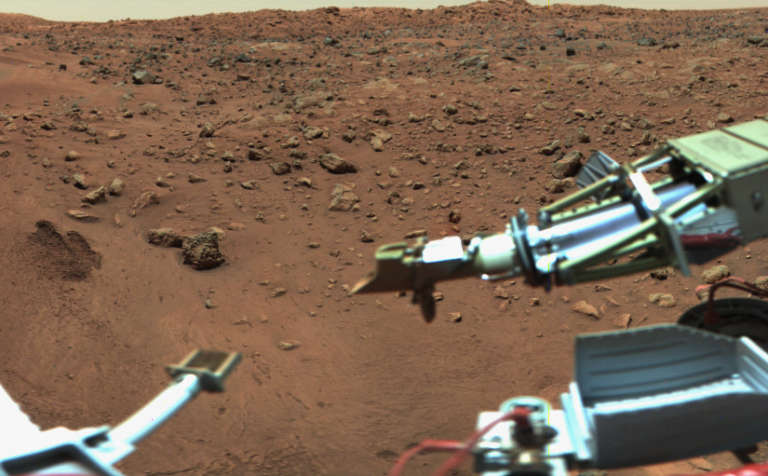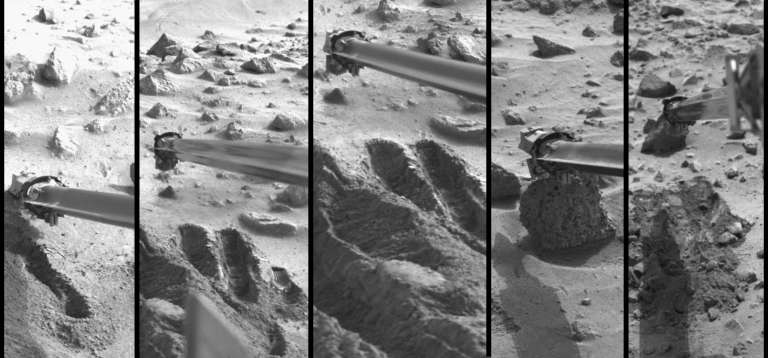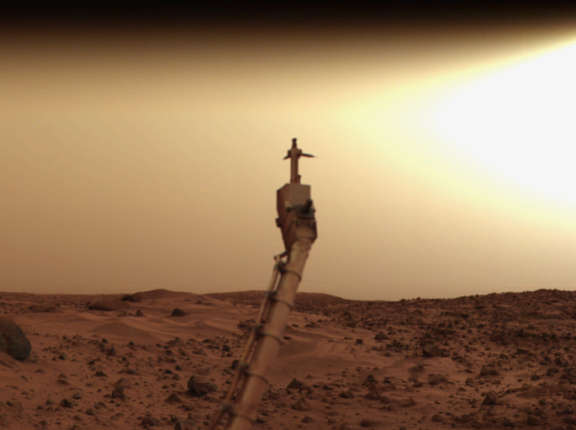Bill Dunford • Mar 11, 2013
The First Taste of Mars
We're all indebted to pioneers. Even Mars rovers stand on the robotic shoulders of the missions that went before.
As the Curiosity team prepares to release the results of the first rock drill sample analysis, I thought it would be interesting to go digging (sorry) through the raw images of the Viking landings when they were collecting their first samples.
After centuries of speculation, in the 1970s the twin Viking landings made it possible for the first time to know what it looks like to stand on the surface of Mars. The mission was also the first to successfully collect samples and analyze them, right on the spot, with laboratories on board the landers. Until the Mars Phoenix lander touched down decades later, no other spacecraft at Mars could do the same.


The pictures from these early operations show landscapes that have become to familiar to us. And, despite the fact that they were using 70s technology in a fixed location instead of on a rover, there's a certain similarity between these images and what we've been watching come down from Curiostity over the past few months.

Viking mission scientists retrieved samples from the surface with the help of a long boom on each lander. These could deliver material to a gas chromatograph mass spectrometer, an X-ray flourescence spectrometer and a suite of biology experiments inside the lander body.
Viking gave us the first measurements of the surface and atmosphere of Mars, but really made history by landing the first probes to conduct tests in situ for life beyond Earth. The data they returned are still under scrutiny and debate to this day. Between them, the Viking landers captured about 4,500 images, and they continued operating years beyond their designed life span. The Viking 1 lander functioned until November of 1982.

What's more, the lessons learned and techniques pioneered by the Viking team provided today's rover handlers with some of the foundation of their craft, and raised scientific questions we're still trying to answer. In fact, more than once Curiosity has been called "Viking on wheels."

Support our core enterprises
Your support powers our mission to explore worlds, find life, and defend Earth. You make all the difference when you make a gift. Give today!
Donate

 Explore Worlds
Explore Worlds Find Life
Find Life Defend Earth
Defend Earth

